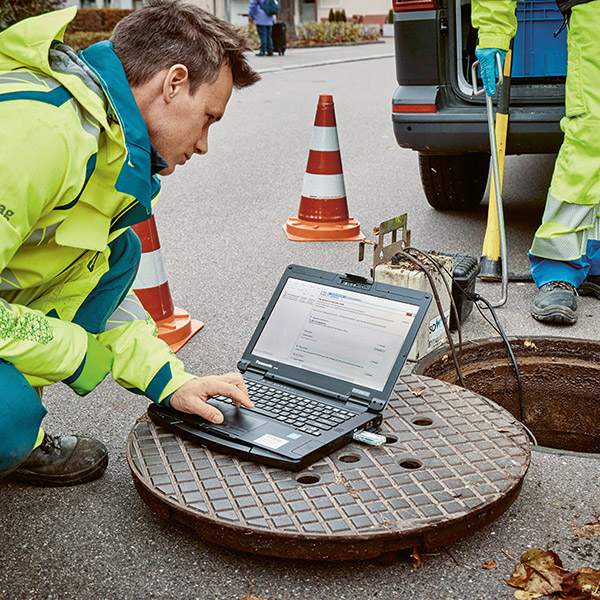NANOTECHNOLOGY
Speedy bacteria detector
A new technique to detect specific bacteria in the blood can speed up a diagnosis of blood poisoning.

Each of these strips is roughly half a millimetre long and has bristles of DNA that are not visible here. When pieces of bacteria stick to them, the strips bend a little. | Picture: zVg
They’re like the bristles on a toothbrush, only a million times smaller, according to the molecular biologist François Huber. He’s talking about the DNA threads on a tiny silicon strip at the heart of a new nanosensor able to detect blood poisoning (sepsis) within a few hours. “This speeds up the diagnosis enormously”, says Adrian Egli, the medical director of the project. It is no longer necessary to cultivate bacteria, which alone would take several days.
Specific, tiny pieces of bacteria attach themselves to these bristles. This causes the silicon strip to bend by a few millionths of a millimetre, which can be detected by a laser beam. This sensitive test is effective even when there are just twenty bacteria per millilitre of blood. According to Huber, the lead author of the study, this method is in principle suitable for detecting any kind of infection. The University Hospital Basel, the University Children’s Hospital Basel and the Swiss Nanoscience Institute were all involved in its development.




